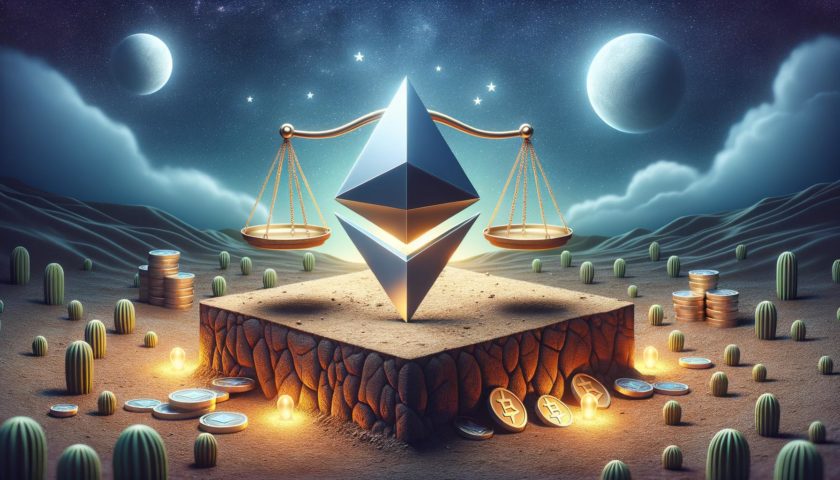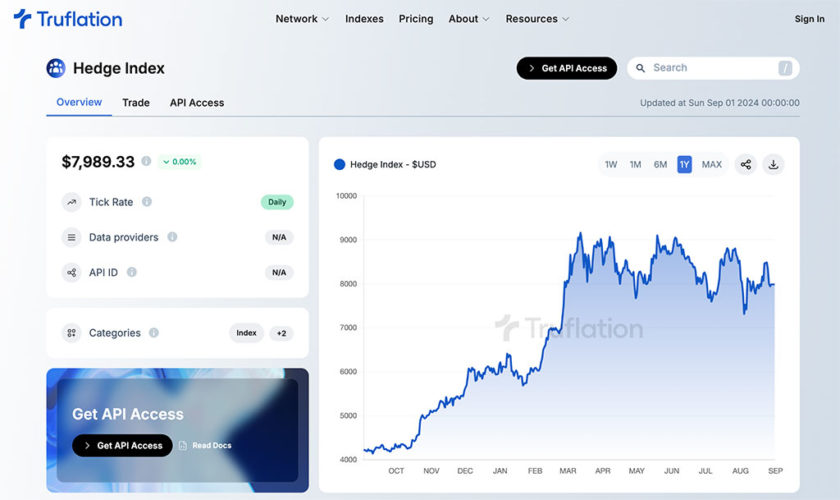Copyright infringement in the online world has been an issue ever since the internet entered our lives — with a copy-and-paste culture, it’s never been easier to pass off a funny tweet as one’s own, upload unauthorized versions of chart-topping songs, and repurpose jaw-dropping photographs and videos.
Now nonfungible tokens have entered into the arena, a whole host of new issues have emerged. Opportunists are now tokenizing artwork without consent — and in some cases, artists haven’t realized their pieces have been plagiarized until the NFTs have been bought and sold. One attorney recently told Vice that, while creators do have protection under U.S. copyright law if their work is tokenized without consent, getting compensation could be made harder by the fact that some NFT marketplaces are less transparent than others.
There are NFT platforms that have introduced mechanisms that allow pirated art to be removed. But according to experts, taking action once unprotected digital files have been copied or downloaded is “like trying to put toothpaste back into a tube.” And to compound the problem, certain precautions that can be taken to tackle copyright infringement can have unintended consequences — censoring small creators who may be unable to prove they created an artwork because they lack an established online presence.
None of this is to say that NFT technology is inherently flawed. These hurdles are common when new concepts suddenly go mainstream. As time goes on, the industry will get better at protecting talented individuals and their works. But there’s one thing that artists can do straight away: Take a few simple steps to protect themselves from copyright infringement.
Protecting work in a digital realm
According to Unique.One, a decentralized NFT marketplace, most of the copyright infringement issues that have been brought to its attention stem back to artwork that was unprotected in the first place. A number of artists share original works with their large followers on Instagram, but these files lack the digital protection that prevent them from being copied and used in infinite ways without consent.
A strongly worded copyright notice often isn’t enough to deter bad actors — nor prove that artwork is authentic if their claims are challenged. However, there are some simple steps that are worth taking when building an online presence, and it all begins when original files are being uploaded in the first place.
Adding a visible watermark to art before sharing digital images anywhere can prove worthwhile, irrespective of whether this is on Instagram, Facebook or on your own website. If you’re especially sophisticated, you may opt for an invisible watermark at the pixel level — something that can give you an upper hand in a dispute, especially among plagiarists who may not have noticed it.
It is also possible to mint NFTs with a watermark — and add unlockable content with a high-resolution, watermark-free copy that the buyer can receive upon purchasing a token. You can also set out licensing terms in the description for your nonfungible token. A good example of this was seen when The New York Times sold a tokenized version of an article written by one of its journalists — with the newspaper clearly specifying that this NFT doesn’t purchase the copyright for the feature in question.
Keeping a digital archive of original work, along with the date it was created, can also be a powerful way of proving ownership. And, if art is published for the first time in the form of an NFT, the blockchain itself can serve as an immutable record that offers protection.
A particularly vexing issue
Unique.One is a decentralized nonprofit platform that is owned and managed by a community of passionate digital artists. They said: “It’s a sad fact that the very freedom and flexibility provided to creators by decentralized, permissionless NFT platforms can also attract abuse by bad actors. But innovation also breeds solutions. Technology can be leveraged to help creators keep control of their work.”
They stress that NFTs can also help protect artwork — especially if pieces are minted on-chain before they are distributed through other online channels. Creating an archive of provenance is essential.
While Unique.One predicts that regulatory measures and licensing regimes will evolve as the NFT space grows and matures, the platform warns that this could introduce “additional barriers and censorship hurdles for creators” — and great care should be taken to ensure that the industry doesn’t lose the distinctive attributes that made it popular in the first place.
“As with all innovative technological breakthroughs, NFTs offer exciting opportunities for creators, but along with this freedom of opportunity comes the potential for abuse by malicious actors — it’s simply the world we live in,” the project’s founders said. “Unique.One hopes that artists lean into proactivity and take steps to address the challenges brought on by innovation while enjoying the opportunity it brings.”
Learn more about Unique.One
Disclaimer. Cointelegraph does not endorse any content of product on this page. While we aim at providing you all important information that we could obtain, readers should do their own research before taking any actions related to the company and carry full responsibility for their decisions, nor this article can be considered as an investment advice.




